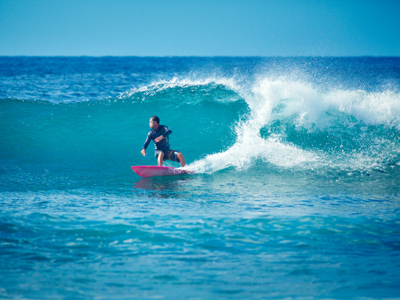
Look at Charlie!
Knowledge of Language - Homonyms
This English Language quiz is called 'Knowledge of Language - Homonyms' and it has been written by teachers to help you if you are studying the subject at middle school. Playing educational quizzes is a fabulous way to learn if you are in the 6th, 7th or 8th grade - aged 11 to 14.
It costs only $12.50 per month to play this quiz and over 3,500 others that help you with your school work. You can subscribe on the page at Join Us
Homonyms are words that are spelled the same but in their given context have different meanings. One example of this would be the word “bat”. This could refer to a stick such as in a baseball “bat” or it could refer to a flying mammal as in a fruit “bat”.
My parents bought a new swing set for our YARD.
They passed the CAN around for donations.
I could see the BEAM in his eyes as he received his diploma.
I could hear the dog BARK all night long.
The umpire threw the PITCHER out for his behavior.
She could not STALL any longer so she finally stepped forward.
Mrs. Aaronson put a CHECK by each correct answer.
We were able to get first ROW at the concert.
Charlie rode the biggest WAVE that I ever saw.
He tried as hard as he could to get the bike into the TRUNK.
Ready for more?
not all...
quizzers. Try to win a coveted spot on our Hall of Fame Page.







